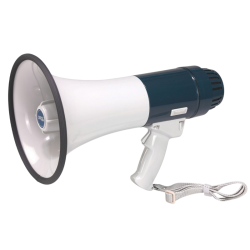- -€45.08
The FASTFIND RETURN LINK is a personal beacon that can be used at sea, but also in the mountains, for hiking and other land-based activities..
After registering your beacon on the dedicated website, the FASTFIND RETURN LINK will transmit your personal identifier and GNSS position (GPS+Galileo) to the Cospas-Sarsat global distress system. Return Link technology will tell you whether your distress message has been intercepted.
In the event of a problem, rescuers will be regularly informed of your position and will be able to pinpoint your exact location.
Read more FeaturesData sheet
- Product type
- Emergency beacon
- Function tag
- Cospas-Sarsat compatible (406Mhz), Radiolocation of rescue vessels (121.50Mhz)
- Battery life
- 5 years
- Geolocation
- GNSS (72 channels)
- Trigger
- Manuel
- Category
- Multi-purpose PLB beacon
- MMSI coding
- User registration at https://registre406.cnes.fr (France)
MC MURDO - FASTFIND RETURNLINK - MARINE AND LAND BEACON
MC Murdo's FASTFIND RETURNLINK beacon is particularly useful for navigation and water sports, as it is waterproof to 10 m and floats when used in its supplied floating pouch.
The big highlight of this PLB beacon is the Return Link system, which uses a unique feature generated by the Galileo Return Link Service satellite constellations, to send a signal back to the beacon confirming that the distress alert sent by users has been received and that the Galileo GNSS location coordinates have been detected.
⚠️Toutes personal beacons must be registered with the French Beacon Registry. The user file must be modified whenever the owner's details change. It is strongly recommended that you regularly update the register when you change boat or destination.
|
|
HOW DOES THE FASTFIND RETURNLINK TAG WORK?The FASTFIND RETURN LINK transmits and receives several signals simultaneously.
Once location detection is confirmed, the PLB receives the Galileo EPIRB signal (the satellite indicates to the beacon that the signal has been received) and activates the blue light (usually 10 minutes). |
SENDING A DISTRESS CALL1. A distress signal is sent from an aircraft, ship or individual. 2. The beacon's position/location data is relayed via satellite communications to ground stations or Local User Terminals (LUTs) 3. The LUT calculates the position before sending alerts to the appropriate mission control centers (MCC). 4. Mission control collects, stores and sorts data received from LUTs and other MCCs, and distributes alerts to rescue coordination centers. 4. 1. The control center sends the information that the distress call has been received to the satellites (return link service), which send this information to the beacon, which flashes blue to indicate to the victim that the rescuers are on the alert. 5. The rescue coordination center notifies and coordinates the emergency/rescue teams. 6. The rescue team is launched and begins the search for the coordinates transmitted. |
 |
 |
FASTFIND RETURNLINK FEATURE
|
MAIN POINTS :
|
CONTENTS OF BOX :
|
Accessories
Customer Reviews (0)
Questions / Answers



